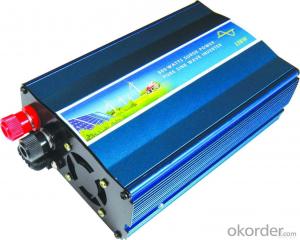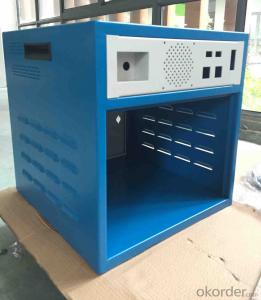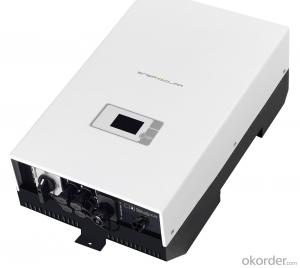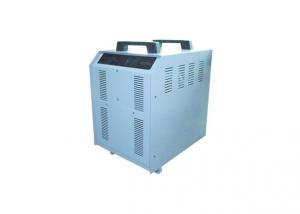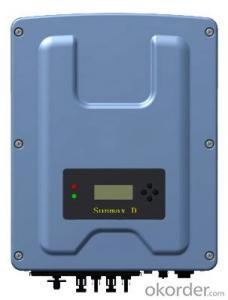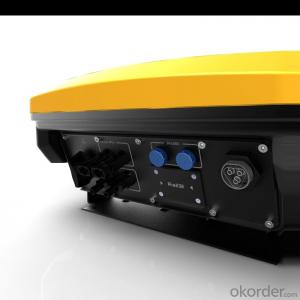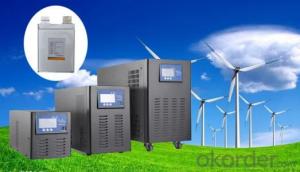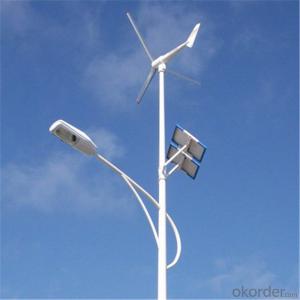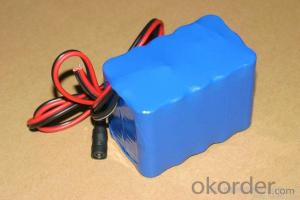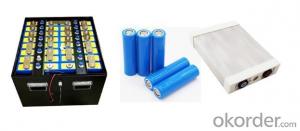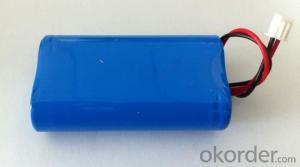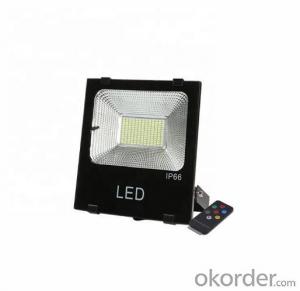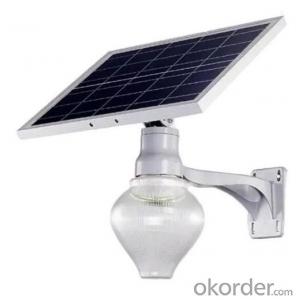Delta Off Grid Solar Inverter
Delta Off Grid Solar Inverter Related Searches
Solar Off Grid Inverter Off Grid Solar Power Inverter Off Grid Solar System Inverter Off Grid Inverter Solar On Off Grid Solar Inverter Delta Solar Inverter Off Grid Hybrid Solar Inverter Solar Delta Inverter Off Grid Solar Hybrid Inverter Inverter Solar Off Grid Solar Hybrid Off Grid Inverter Solar Panel Off Grid Inverter Off Grid Solar Inverter System Inverter For Off Grid Solar Solar Power Inverter Off Grid Solar Inverter Off Grid Off Grid Solar Micro Inverter Off-Grid Solar Inverter Hybrid Solar Inverter Off Grid On Grid Solar Power Inverter On Grid Solar Inverter Waaree Solar Off Grid Inverter Best Solar Off Grid Inverter On Grid Solar System Inverter Offgrid Solar Inverter Best Off Grid Solar Inverter Off The Grid Inverter Offline Solar Inverter Solar Inverter On/Off Grid Off Grid Solar Inverter 48vDelta Off Grid Solar Inverter Supplier & Manufacturer from China
Delta Off Grid Solar Inverter is a high-performance product designed for off-grid solar power systems, offering reliable energy conversion and management. These inverters are engineered to efficiently convert solar energy from photovoltaic panels into usable AC power, ensuring a seamless integration with battery storage systems and other essential components. They are ideal for various applications, such as residential homes, commercial buildings, and remote areas where grid power is unavailable. The versatility of Delta Off Grid Solar Inverters makes them suitable for a wide range of usage scenarios, from powering essential appliances to supporting larger-scale energy demands in off-grid locations.Okorder.com is a reputable wholesale supplier of Delta Off Grid Solar Inverters, boasting a large inventory to cater to the diverse needs of customers worldwide. This online platform offers competitive prices and a user-friendly interface, making it easy for buyers to find and purchase the specific inverter models they require. With a commitment to quality and customer satisfaction, Okorder.com ensures that each Delta Off Grid Solar Inverter is thoroughly tested and certified before being shipped to customers, guaranteeing optimal performance and reliability.
Hot Products




